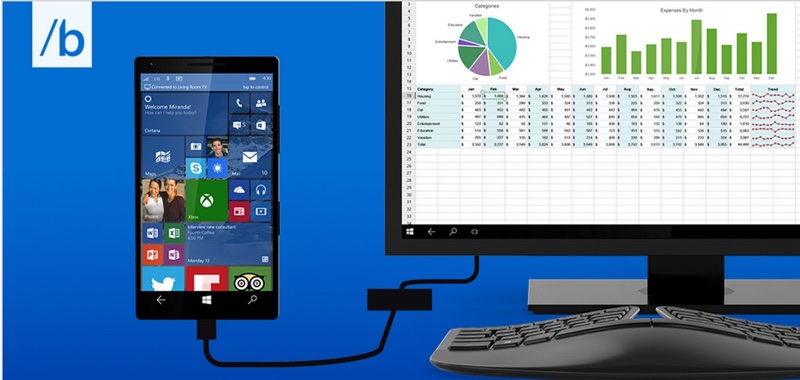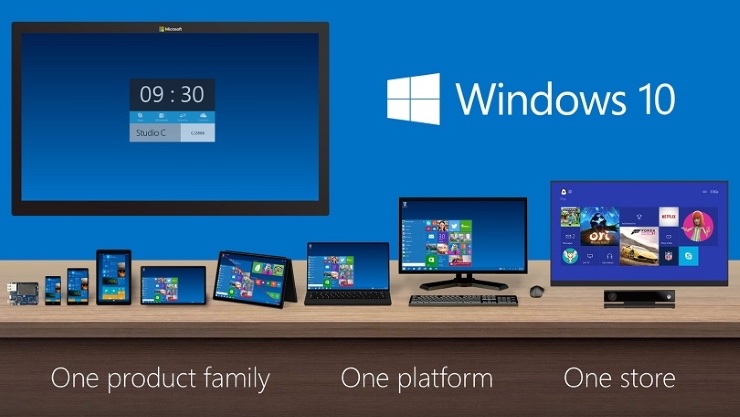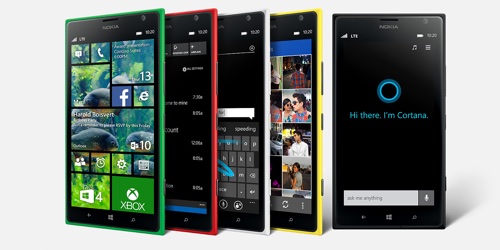 There are various signs that smartphones are becoming viable PC replacements.
There are various signs that smartphones are becoming viable PC replacements.
Intel is now making powerful mobile processors, smartphones are starting to run desktop-level apps, and Microsoft is putting the power of Windows on their smartphones.
If you think about it, the endgame of all mobile computing is to have the power and versatility of notebooks and desktops in our pockets by way of powerful but compact smartphones.
Check out the stat sheet on many flagship smarpthones today and you’ll be floored by the sheer power and capability that is built in.
I’m talking about multi-core processors topping up at around 2 GHz, 2GB and even 4GB of RAM as well as the ability to instantly cast phone screens wirelessly to projectors and televisions. We’re also seeing PC software makers offer mobile versions of their applications. Microsoft’s Office 365 subscriptions can now be used on Android and iOS devices. Many of Adobe’s Creative Cloud apps have companion applications for mobile devices.

More telling is the move to push mobile devices as bona fide workplace and enterprise tools. While smarpthones and tablets are primarily consumer-focused devices, there are various initiatives from companies like Samsung and BlackBerry to make them more secure for workplace use.
All sectors gearing up for a post-PC workplace
Google even launched an Android for Work initiative that sandboxes office apps and information and Apple and IBM have teamed up to make iPads and iPhones more effective and secure corporate tools.
Microsoft is going the extra mile with its One OS for All Devices mantra. The new Windows 10 OS will not only be able to run the same apps on phone, tablets, PCs and Xbox, a feature for Windows Phone called Continuum will enable tablets and smartphones to run as full-featured Windows PCs.

“Continuum is about being able to transform your use of a device into mobile scenarios that give up no compromises in your use of input device or screen size,” Microsoft’s Joe Belfiore said during his keynote presentation at Ignite 2015.
Connecting a Windows 10 mobile device to a larger screen allows you to utilize your phone as a PC. Microsoft says that Continuum offers a “natural, no compromise, and familiar” method to seamlessly switch between a smaller device to a bigger device, without hitting a speed bump in your productivity. This means that for basic PC and office tasks, you can carry your phone in your pocket and use it in mobile mode then dock it when you’re back at the office or at home and use it as a CPU together with a keyboard, mouse and monitor.
Terry Myerson, Microsoft’s Executive Vice President of Operating Systems says “Continuum is a core focus in Windows 10, on phones it enables us to turn any display into a full PC experience, with your apps transitioning seamlessly from 4-inches up to a much larger display. There’s just so much power in your pocket with Windows 10.”
It needs desktop-level specs

For Windows Phone to operate properly as a PC, it will have to feature some hefty desktop level specs. Processors will need to be as fast as what we see on some higher-end phones, they will need ample RAM, storage space and all the necessary I/O to seamlessly manage peripherals and connections.
Once connected to the external display, users will be greeted by the Windows 10 desktop experience, the big difference is that the Start menu is replaced by the one you see on your phone, customized with the same tiles you configured on your own device, so there’s some seamless integration.
Apps running from Windows Phones on Continuum will run in full-screen mode on displays and will be able to accept input form connected mice or keyboards.
We should see more announcements regarding Windows 10 for Mobile as well as Continuum later in the year, hopefully with some flagship smartphone announcement coming from Microsoft. It looks like we’re getting closer to truly having full-featured PCs in our pockets.
For the latest from Microsoft, check out the Microsoft store at Best Buy



